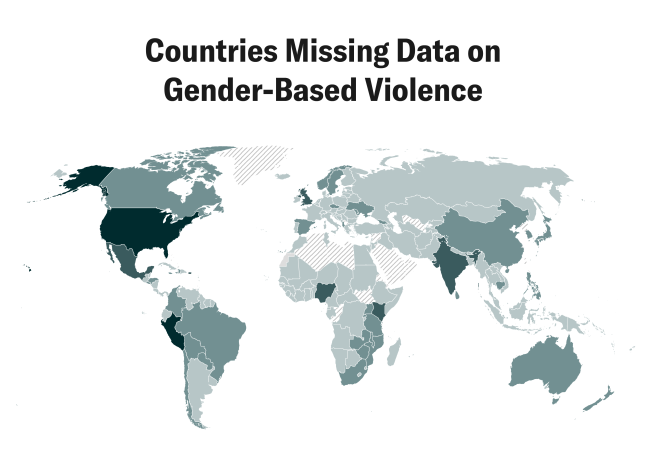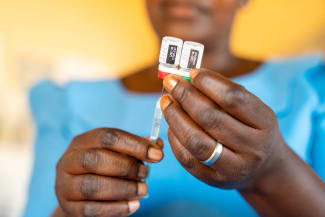Medical interventions for trans people to transition and modify sexual characteristics are often believed to be a recent phenomenon. But the history of these hormonal and surgical practices can be traced back a century.
The new book, Standardizing Sex: A History of Trans Medicine, analyzes how trans medicine developed during the twentieth century beginning in 1920s Scandinavia.
Through an analysis of medical records and other archival sources, as well as interviews with former patients, activists, physicians, psychologists, and civil servants, the book illustrates a fascinating new story about the construction and negotiation of medical expertise among medical professionals, patients, and activists in health clinics, media, and bureaucracy. The Scandinavian story of sex reassignment highlights the role of laboratories and clinics in the making of trans medicine, as well as the state and social rights movements and advocacy. Together, these various actors and spaces demonstrate the increasingly complex negotiations of disease categories, medical knowledge, and clinical practices in a formative period for trans medicine.
Scandinavian countries have played a foundational role in the emergence of trans medicine internationally and in the creation of a transatlantic network of medical experts and patient activists. Standardizing Sex thus tells a transnational history of medicine that sheds light on a set of relations and problems that continue to have an impact on discussions of trans medicine and trans rights around the world. More generally, the book offers a story about the reshaping of the normal and the pathological in modern societies and the recurring attempts to regulate and standardize sex.
The following excerpt compares the development of trans medicine in the United States with that of Scandinavia, where trans medicine for a long time remained a mundane practice and medical professionals applied skills from other fields as patients and activists pushed for recognition and shaped medical knowledge.
□ □ □ □ □ □ □ □ □ □ □ □ □ □ □
In Scandinavia, diagnostic and therapeutic considerations were confined by the frames of the welfare state and a public health care system shaping trans medicine in a very different way from parallel developments in the United States. On the other side of the Atlantic, the medical market, physicians' fear of litigation, and the prestige project of the gender clinic at the Johns Hopkins Hospital in the 1960s and 1970s turned trans medicine into a highly specialized practice. This development reflected broader trends in US medicine, described by sociologists of medicine as "biomedicalization" and characterized by corporatization and commodification, economic privatization and techno-scientization. In Scandinavian countries, by contrast, trans medicine did not develop as part of a prestige project like the Hopkins clinic nor as specialized forms of medicine as in the many US gender identity clinics. Welfare state trans medicine was not associated with big money, large private companies, or elite universities, but developed in preestablished clinical institutions as part of common clinical practice.
Personal relations and circles of knowledge between communities and medical professionals shaped trans medicine on both sides of the Atlantic
For a long time, this type of care remained a dispersed practice and part of everyday medicine. For example, endocrinologists repeatedly argued that hormone replacement therapy was straightforward medicine that did not require specific expertise; primary care physicians, psychiatrists, and endocrinologists already prescribed hormones to their patients. In encounters with trans patients, health professionals—psychiatrists, endocrinologists, psychologists, sexologists, nurses, social workers, primary care physicians, and plastic surgeons—used what they already knew, tinkered with existing tools and technologies, and adapted practices to local contexts. In Sweden, psychiatrists played the dominant role, whereas in Denmark, trans medicine began as a cooperation between endocrinology, psychiatry, and plastic surgery but shifted to psychiatric sexology in the 1970s and 1980s. In Norway, trans medicine remained interdisciplinary until the turn of the century, and only then was it taken over by psychiatrists. Still, the diagnosis and treatment of trans patients in all countries was ancillary to regular tasks of treating patients with schizophrenia, diabetes, burn injuries, urinary tract infections, hypertension, and depression. Patients were received in regular medical and surgical departments or in the offices of private practitioners: Trans medicine was like any other kind of medicine.
At the same time, trans medicine would not have come into being without patients, communities, and activists who modified nosological categories and clinical practice by requesting access to treatment, sharing information, and making their bodies available to researchers. These exchanges opened new fields of knowledge, generated ethical questions, and provoked cultural and political change, but they also acted as catalysts for the professionalization and specialization of endocrinology, plastic surgery, clinical psychology, and sexology, legitimizing and bolstering expertise and authority. Personal relations and circles of knowledge between communities and medical professionals shaped trans medicine on both sides of the Atlantic.

Excerpted from Standardizing Sex: A History of Trans Medicine by Ketil Slagstad. © 2025 by The University of Chicago. All rights reserved. Reprinted with permission.












